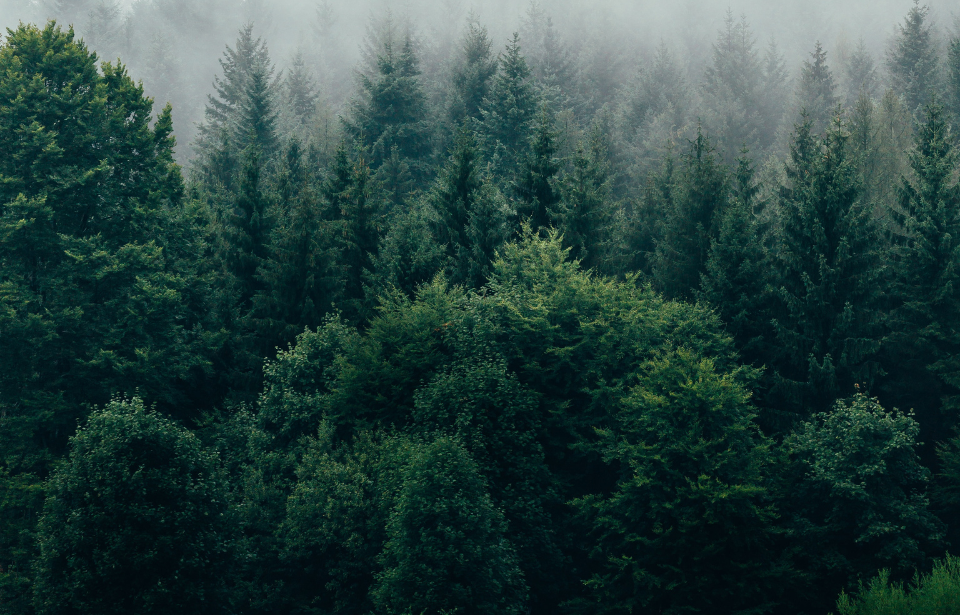In northeastern Germany, near Zernikow, Brandenburg, is a lush pine forest that one could easily get lost in if not careful. Almost everything looks the same with each turn you take, but that wasn’t always the case. Between World War II and the fall of the Iron Curtain, the forest played host to an 0.89-acre grove that etched into the landscape the infamous symbol of the National Socialist German Workers’ Party.
It’s unknown when the 140 larches – a type of pine tree – were planted, but the majority of reports state they were added to the forest a year before the outbreak of World War II. They’re unique in that, unlike the pines that make up the forest, they change color in the fall and spring, meaning their secret message was only visible for a few weeks every year.
The reason why they were planted is also a topic of speculation. Some say the design was made to commemorate the Führer‘s birthday, but that’s based more on speculation than fact. Others say a villager planted the trees to pay tribute to someone taken to Sachsenhausen for secretly listening to the BBC. A farmer, then a child, claims he was paid by a forester to plant the larches.
Given the forest-based design could only be viewed from the sky, it went relatively unnoticed following World War II. When the Soviet Union took control of East Germany, private aircraft were banned from taking to the air, meaning they never flew over the area. As for commercial flights from Berlin – well, the location is too far north.
That being said, it’s believed the Soviets knew of the symbol’s existence. They just didn’t do anything to remove it.
Following the reunification of Germany, the government ordered aerial surveys of state-owned land, including the forest in the northeastern region of the country. Photographs were taken, revealing the symbol. Not wanting it to turn into a pilgrimage site, the decision was made in 1995 to have forestry workers take chainsaws to 43 of the over 100 larches.
Unfortunately, the World War II-era symbol remained visible from the air, with the forest’s design garnering renewed attention in 2000, thanks to Reuters. An additional 25 trees were subsequently cut down, successfully hiding the image.
More from us: Niš Incident: The Top-Secret Military Confrontation Between the US and the Soviet Union
While this is arguably the most famous hidden symbol, similar ones have been found in forests across Germany. There’s also one in Kyrgyzstan, which is believed to have been planted around the same time as the one in Brandenburg.
Theories abound as to its origins, with the most popular being that it was either planted by prisoners of war (POW) on forestry duty, it was erected as a tribute to the non-aggression pact between the USSR and Germany, or that it was planted by laborers.
